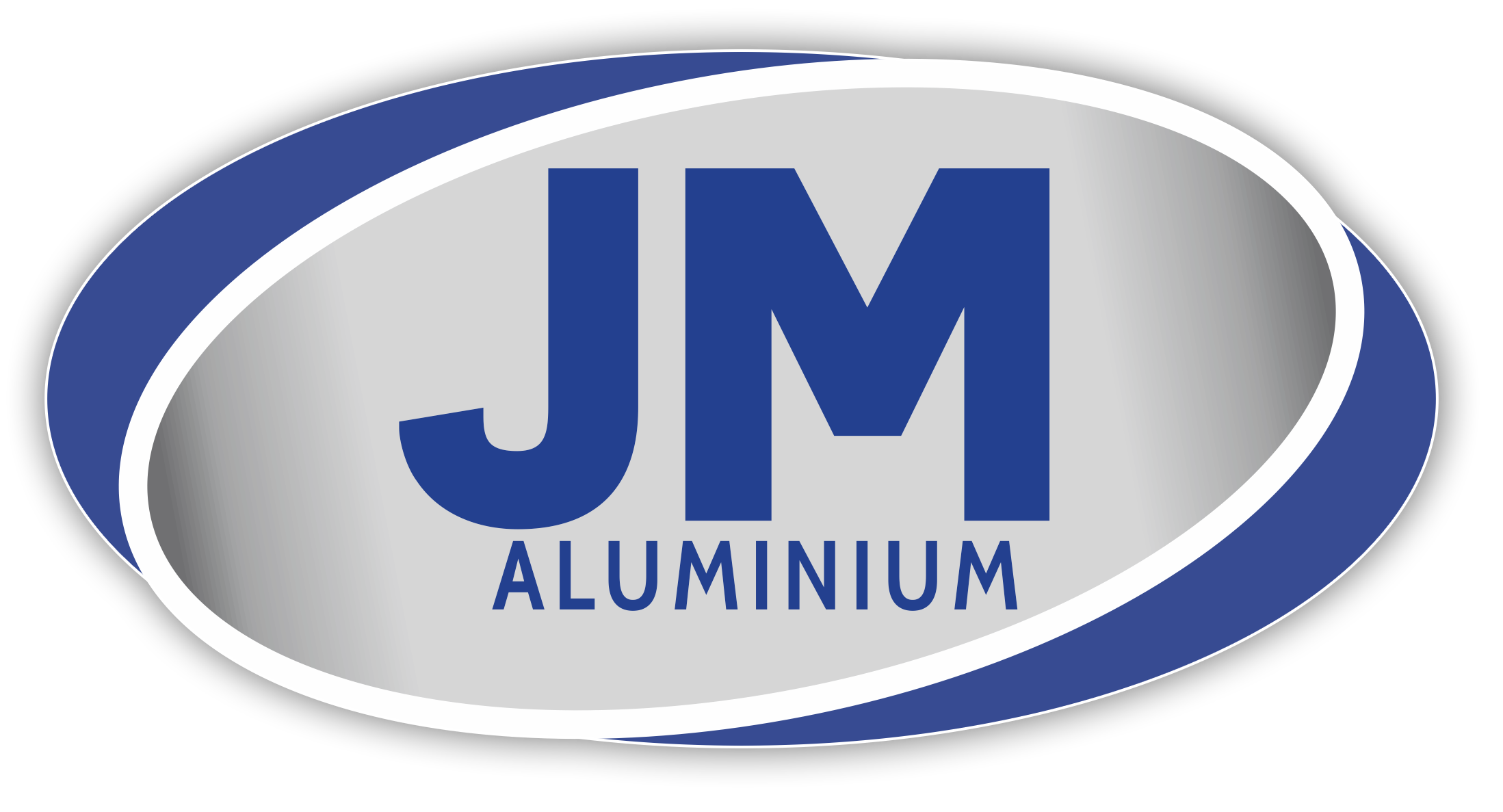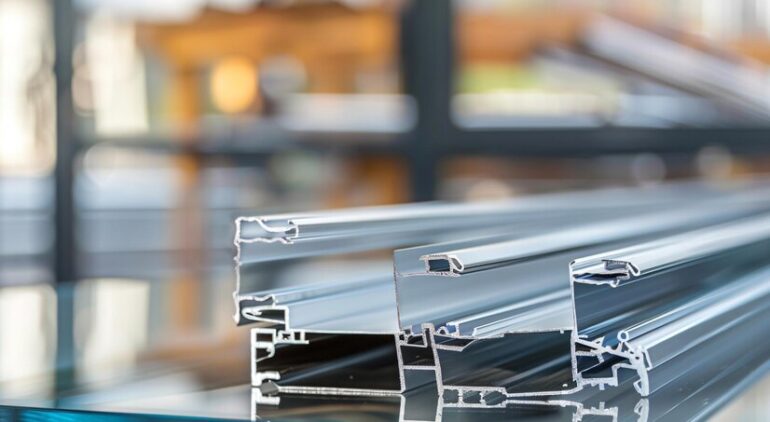Transforming Solar Energy: The Impact of Aluminium Sections on Panel Installation
This rapid development in the solar industry provides a cleaner and eco-friendly alternative to traditional energy solutions. With different types of aluminium sections deployed in solar panel installations, the field has witnessed extreme variation in its usage. Diverse aluminium sections are lightweight yet durable and versatile, incorporating them into modern solar power systems.
The Growing Need for Effective Solar Panel Installation:
More people and businesses are turning to solar energy, and the demand for efficient installation solutions has grown. Solar panels have to be mounted securely so they can withstand different kinds of weather while maintaining their alignment for optimal energy production. In this regard, aluminium sections have been a game-changer compared to the previously used, less effective ones such as steel and wood.
With different sections of aluminium, the product is easily used to meet different installation requirements. The solar panels that adorn rooftop houses to gigantic open fields as huge solar farms have been aptly met through this material. This invention has made it possible for the installation of solar systems that are efficient, easy to install, and much more reliable.
What are the advantages of using aluminium for solar installation?
Aluminium is widely used in industries that require strength, flexibility, and resistance to environmental factors. This makes it very suitable for solar panel installations. Here are some key reasons why aluminium stands out:
Lightweight and Strong: Aluminium is much lighter than steel. Hence, it reduces the load on rooftops and other structures. Yet, it’s strong enough to support long-term exposure to solar panels.
Corrosion Resistance: For most of the time, solar panels are exposed to rain and wind, among others. This means that the aluminium section will have its natural resistance to corrosion. Its mounting system will also stand upright for a long period.
Customizability: Different types of aluminium sections may be manufactured to satisfy varying installation requirements. Examples are hollow sections to help minimize weight and grooved sections for easy attachment.
The Evolution of Aluminium in Solar Installations:
Early on, solar energy had many installers use materials like steel and concrete, which are very heavy. The former supports very well; however, it is pricey, cumbersome, and liable to corrosion. Aluminium sections have answered all these questions with a practical and cost-effective alternative.
Now, manufacturers have produced different aluminium sections to meet the diversified requirements of solar installations. Now, from small households to large commercial setups, aluminium is the first and only choice for mounting structures.
Benefits of Aluminium Sections in Solar Energy:
Aluminium sections are more than their basic features; they are an integral part that enhances the efficiency, affordability, and sustainability of the solar energy system.
Improved Installation Efficiency: The lightweight nature of aluminium makes it easy to transport and handle during installation. Workers will easily assemble and secure panels without heavy machinery or too much labour. This results in lower installation time and costs, thereby making solar energy more accessible.
Durability and Reliability: Solar panels installed often face extreme conditions, such as high winds, heavy downpours, and intensive sun rays. The metal alloy’s resistance to rust or corrosion ensures that the mounted structure remains in place and durable for many decades without degrading in extreme climatic conditions.
Design flexibility: The aluminium sections may vary according to the need and type of solar installations to be done. A flat roof, a slanty roof, or an open area may be accommodated because these sections can change based on the environment being designed.
Environmental Benefits: The use of renewable energy calls for sustainable materials; aluminium is not only very durable but also recyclable. It thus reduces the solar energy systems’ overall negative impact on the environment. In doing so, it supports efforts to reduce the world’s waste and carbon emissions.
Types of Aluminium Sections in Solar Installations:
The sections that aluminium has are of many different types for specific uses. Different manufacturers have various aluminium sections for purposes of need in a particular condition.
L-Sections: This is generally used for coupling the panels and for framework purposes.
U-Channels: For binding the edges and stabilizing the panel sides
Hollow Sections: Relatively lightweight with great strength, ideal for mega installation projects, such as for purposes where less weight will ensure a positive result.
These different designs make aluminium sections appropriate for a broad range of applications, from small residential systems to large-scale solar farms.
Advancements in Aluminium Profiles:
The design and manufacturing of aluminium sections have greatly improved over the past few years. Modern aluminium profile panels are designed for maximum performance, with some features such as:
Grooves: These make it easier to attach and align the solar panels.
Hollow Cores: This helps reduce the weight while still maintaining the strength.
Anodized Coatings: Improving corrosion resistance and durability.
These innovations have made the installation process easier, cheaper, and more reliable in general for solar energy systems.
Overcoming Challenges with Aluminium:
Its strength is less than that of steel. This was countered by the manufacturer by developing aluminium alloys having strong and lightweight properties.
Another problem is that aluminium sections are costly. On a superficial level, the costs for aluminium sections appear to be higher than those of other materials. The cost will be recovered due to fewer maintenance requirements and extended service life.
Aluminium Profile Panels in the Future of Solar Energy:
With increased solar energy uptake, the need for more powerful and efficient mounting systems is being brought to the forefront. Aluminium profile panels are becoming the mainstay of this industry, with advantages of strength, flexibility, and sustainability that have no par.
As technology progresses, we can look forward to more innovations in aluminium design that further enhance the efficiency and affordability of solar energy systems and make them accessible to the masses.
Conclusion
The aluminium sections have revolutionized the solar energy industry, and it is being put to various uses. This section is a lightweight and durable mounting solution for solar panels that works well under multiple conditions.
With adaptability, aluminium has emerged as one of the key elements in the new wave of renewable energy. From small residential rooftops to large solar farms, aluminium profile have proven to be a sustainable and efficient option. In an increasingly embracing world regarding solar energy, aluminium will power innovation and support a greener future.




